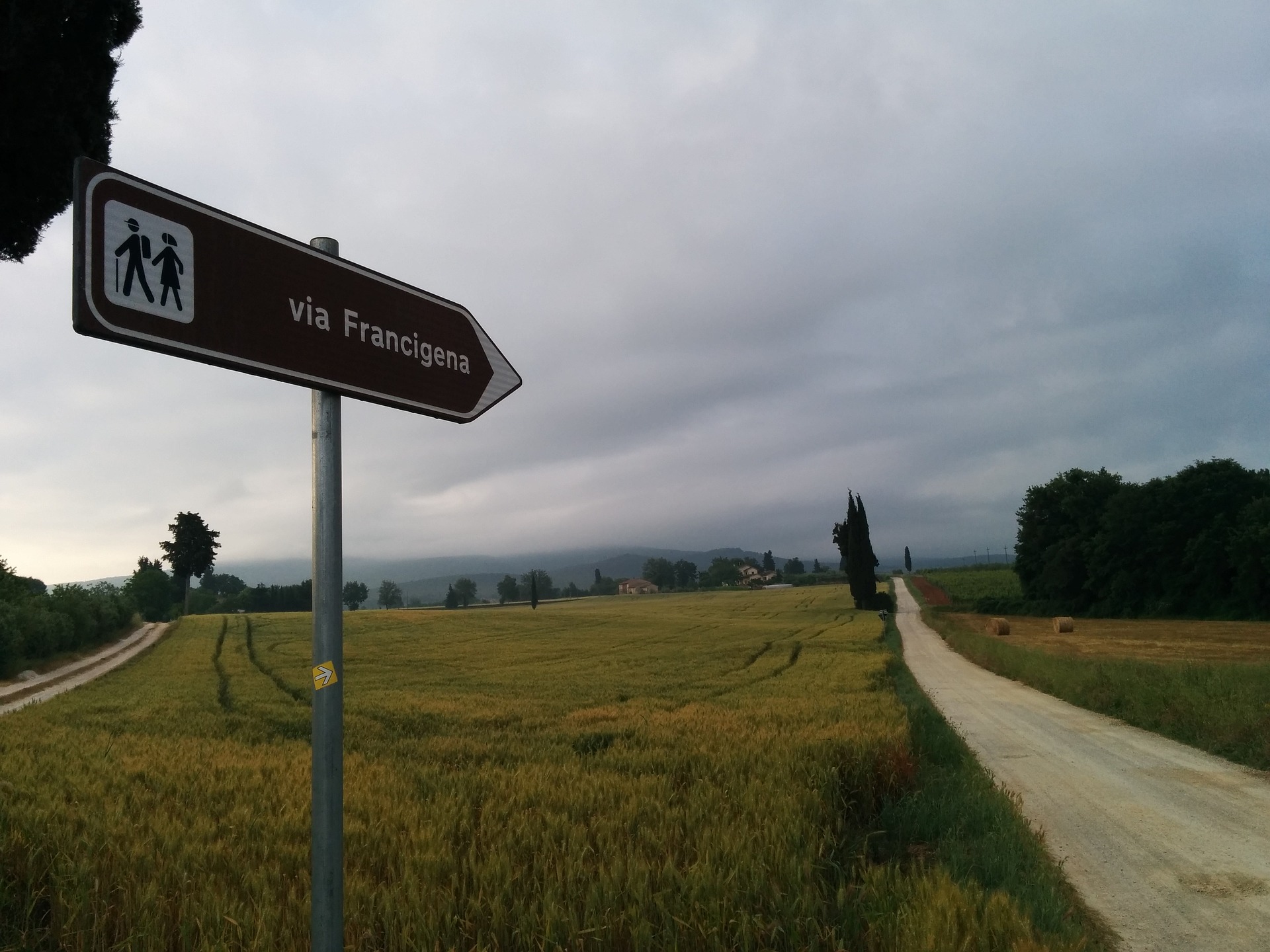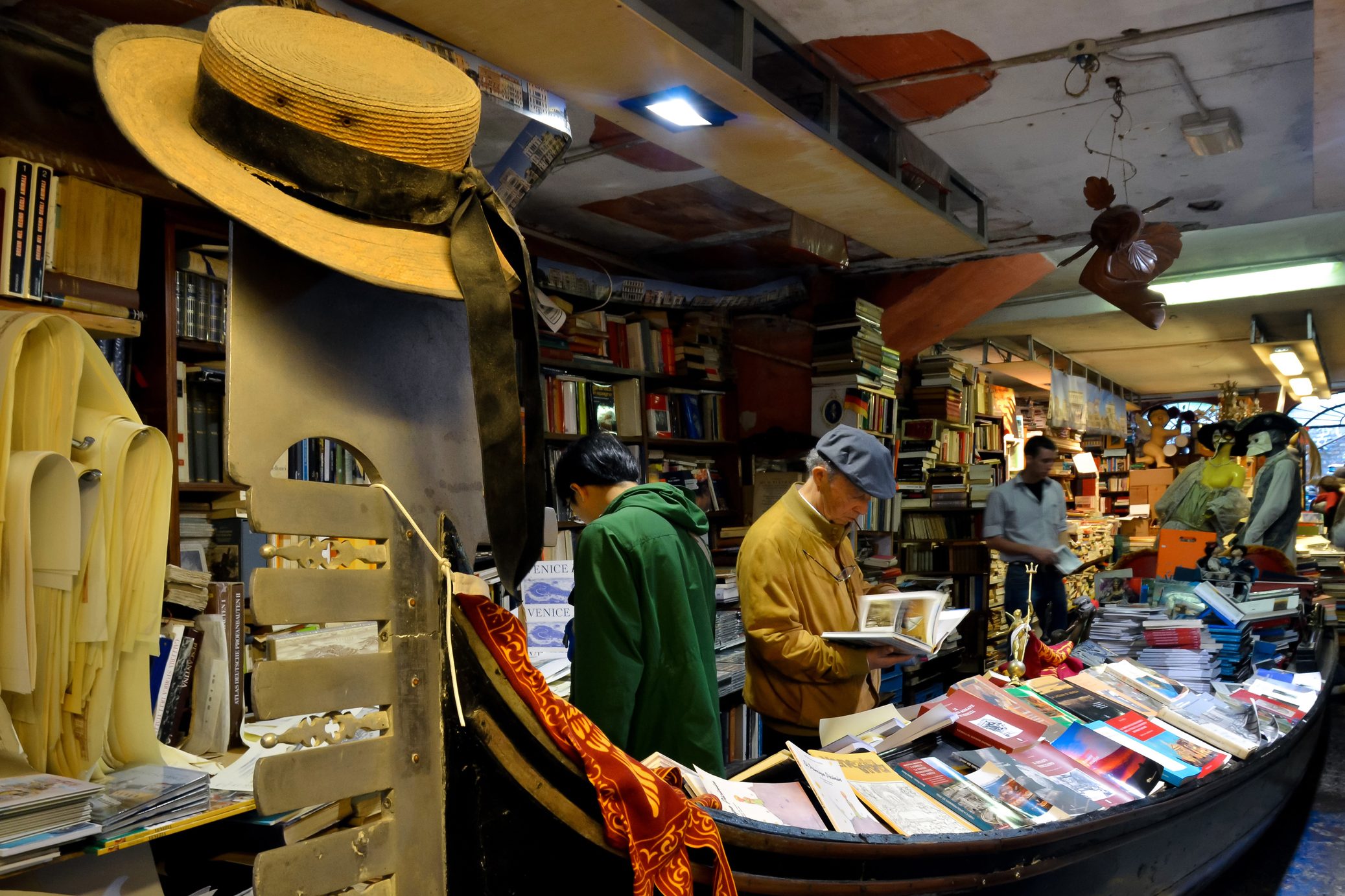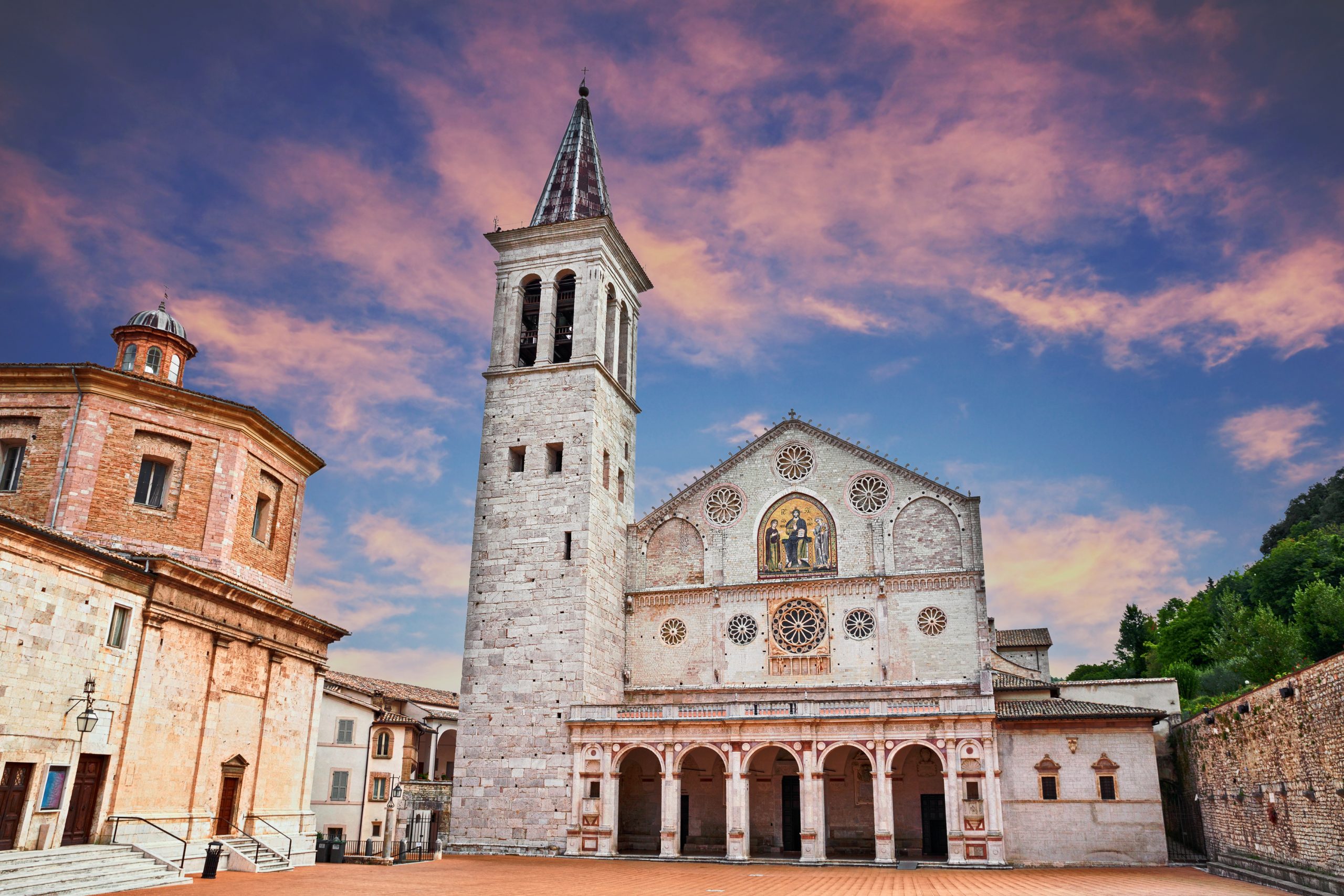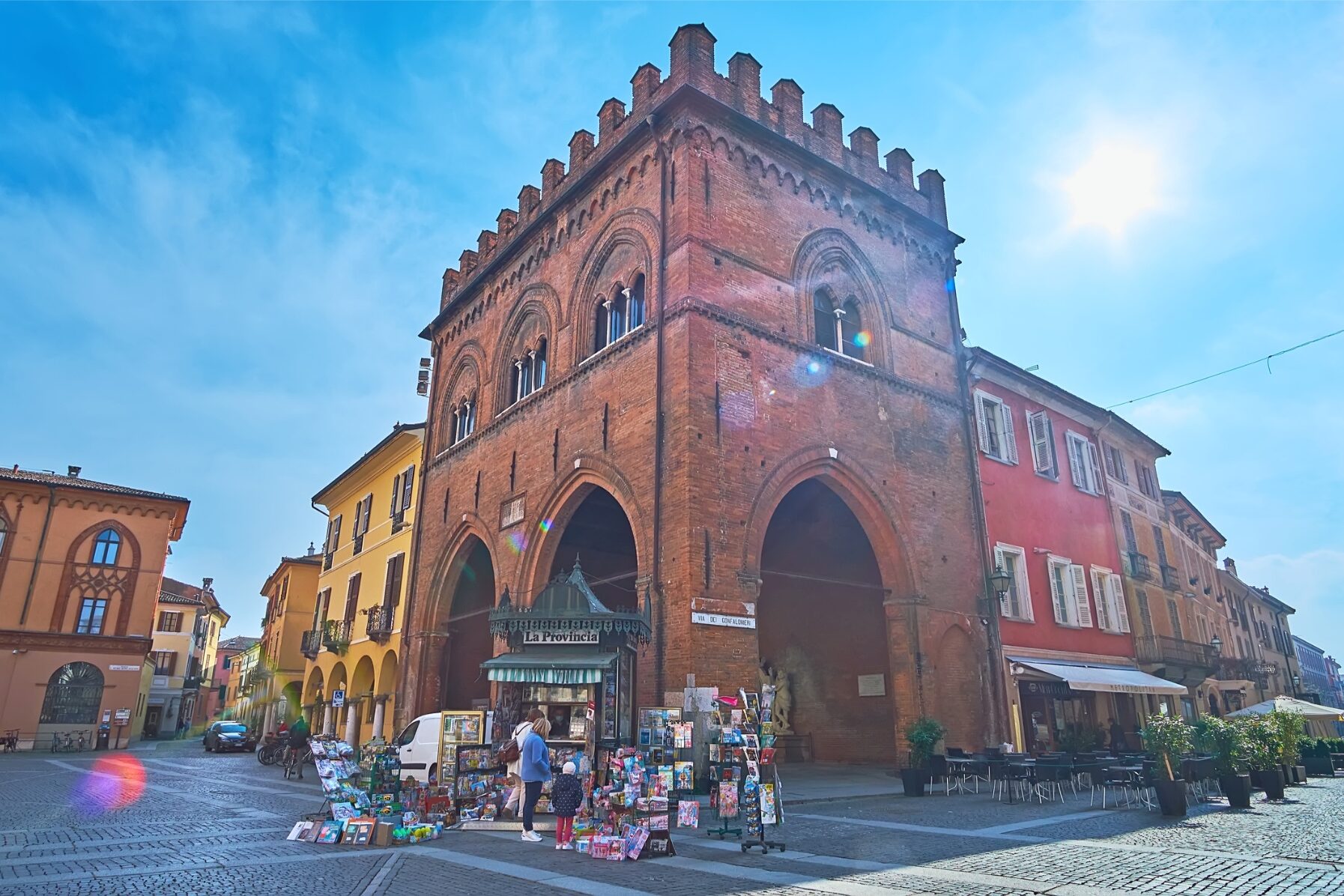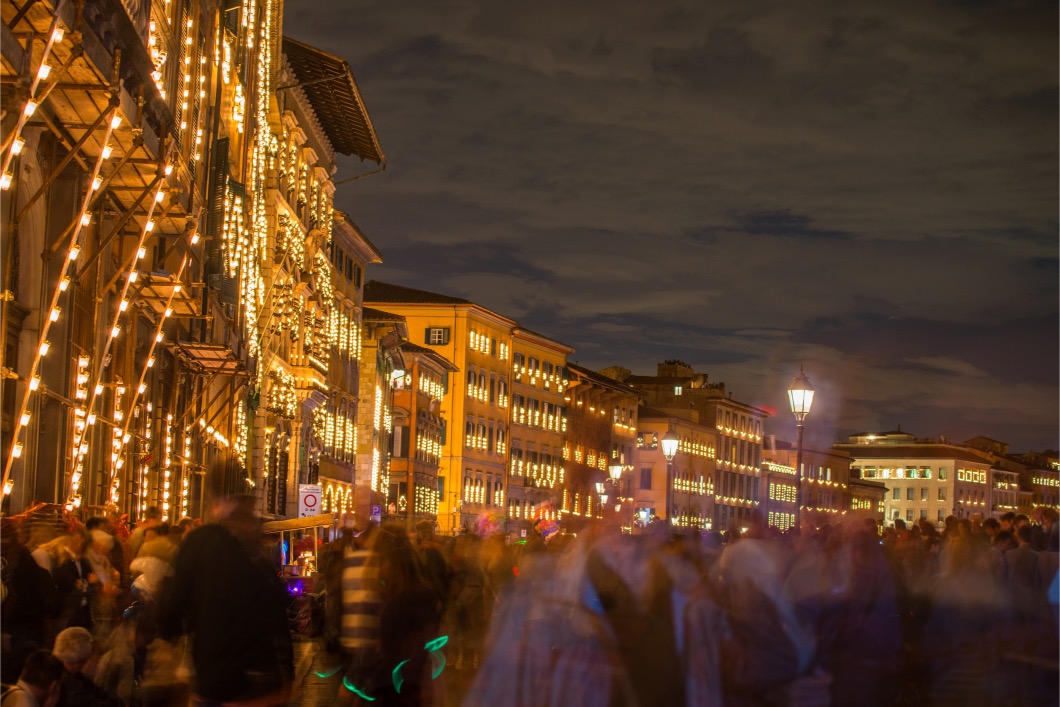The average American commuter spends more than 50 hours a year stuck in traffic and the situation is even worse in cities such as D.C., L.A., San Francisco and New York. So why not considering a vacation that doesn’t involve a car? Walking can be a welcome break from traffic jams and, more important, it can mean so much more than just moving from point A to point B: people walk for losing weight, for their own amusement, because it relaxes them, and for a myriad of other reasons – no wonder traveling by foot has seen an incredible increment in recent years. A walking holiday means slowing down, relaxing, changing pace, becoming one with the places you walk through and making friends you wouldn’t otherwise have made. It can be tiring at times, but in the end, is always a unique experience.
Several itineraries criss cross Italy – some long, some much shorter – offering a new perspective on Italian travel. The Via Francigena, a group of roads that pilgrims during the Middle Ages used to reach Rome, is a great classic that from the Aosta Valley descends all the way to Rome. There are several itineraries that can be chosen and many groups that organize group excursions, trekking and walks, making it ideal for first times and for those who don’t want to embark in such an adventure alone. For more information and details: http://www.viefrancigene.org/en/
Hannibal’s path. This itinerary owes its name to the famous punic genral Hannibal that arrived to Rome from Cartage to conquer the Eternal City in 217 b.C. The land around Tuoro sul Trasimeno (province of Perugia in Umbria) is of particular historical interest because it was the backdrop to the famous Battle of the Trasimeno (217 b.C.) during which Hannibal defeated the Roman troops of Caio Flaminio. Today, the path is surrounded b peae and quiet and is the perfect way to enjoy the stunning beauty of Umbria at a slower pace.
The Cammino of Assisi is a series of historical paths that retrace the steps of Saint Francis of Assisi, Saint patron of Italy. The trail, besides Assisi, touches beautiful medieval villages such as La Verna, Casella, Cerbaiolo, Montecasale, and Montepaolo. The whole itinerary is about 170 miles long and can be done in around 12 to 15 days, depending on the number and length of stops.
Ge.Mi.To. The Genova – Torino – Milano, is an amazingly beautiful itinerary of 440 miles and is designed to rediscover an area that, too often, is only famous for its industries and factories. Within the 440 miles there are 34 itineraries that cross Liguria, Piedmont and Lombardy letting visitors discover the regions’ natural wonders, farms, wineries and much more. For more detailed information about the different paths check out http://www.gemito.movimentolento.it/it/
The Cammino degli Angeli (Angels’ path) is a circular itinerary about 300 mileslong that starts and ends in Rome, going through, alonf the way, important places intertwined with the Benedictin and Franciscan monks: Castel Sant’Elia, the Santissima Trinità di Orte, Pian d’Arca, Assisi, the Sant’Eutizio monastery, and many other stunning locations. This itinerary is perfect for nature lovers, as it crosses several parks including the Parco Nazionale dei Monti Sibillini.
Those who prefer walking in the mountains will fall in love with the Jakobsweg, the Alpine lag of the Camino de Santiago. This beautiful itinerary takes walkers up high on the Alps that divide Austria from Sudtirol: from near Bolzano, near San Candido, it descents in Pusteria valley to the Isarco valley, and then up to the Brennero Pass through picture perfect Vipiteno. This walk takes about 5 days and is divided in six lags, all of which are immersed in the alpine beauty of the Dolomites.
The vie degli Etruschi are seven itineraries of archeological trekking that are a simple and different way to experience Tuscany. With the beautiful backdrop of the Maremma, walkers can discover the mysterious and interesting civilization of the Etruscan, who lived in the area in the centruries before Christ. Several archeological sites are explored along the way: the “Città del Tufo”, the Parco Archeologico del Lago dell’Accesa, the Area Archeologica di Roselle, the necropolis of Poggio Buco, and many others.
For more information about paths, more options, and organized trips visit the La Compagnia dei Cammini website (http://www.cammini.eu/) here you will find all the practical information needed to embark in an adventure by foot, as long as info on organized tours for those who want to find someone to walk with.
